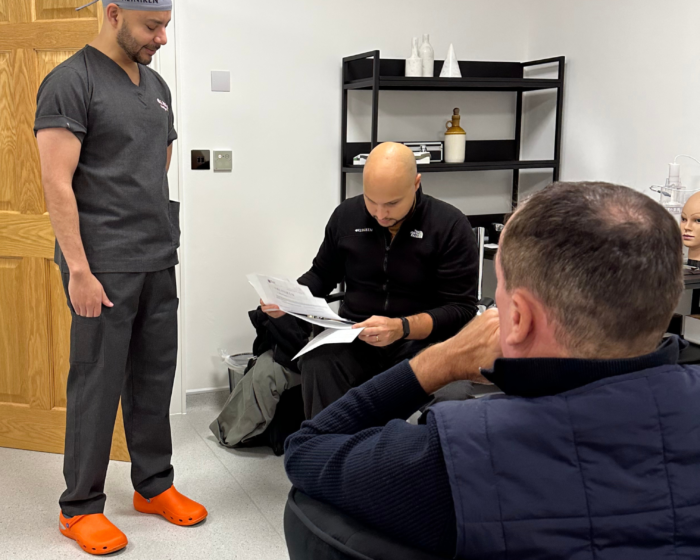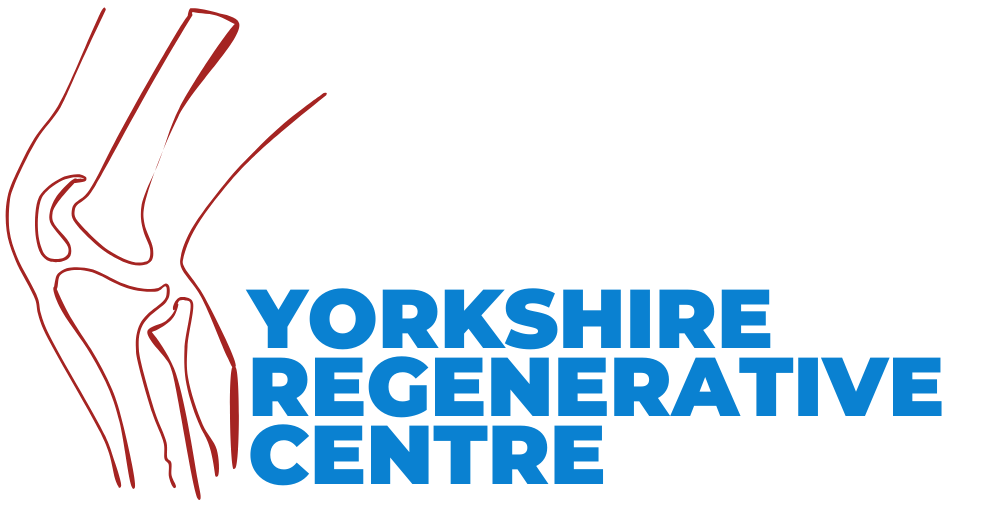PRP for Hairloss
Platelet-Rich Plasma (PRP) therapy is a medical procedure that has been used in various fields, including dermatology and hair restoration, to promote tissue healing and regeneration. PRP for hair loss involves drawing a smal amount of the patient’s blood, processing it to concentrate the platelets, and then injecting the PRP into the scalp.
Overview on how
PRP for hair loss works

Blood Collection:
A small amount of blood (usually around 30-60 mil litres) is drawn from the patient’s arm, similar to a routine blood test.
Centrifugation:
The blood is processed in a centrifuge to separate platelets and plasma.
Platelet-Rich Plasma Extraction:
Concentrated platelets and a small amount of plasma from the PRP.
Topical Anesthesia:
Before the PRP injection, the scalp is usually numbed with a topical anaesthetic to minimise discomfort during the procedure.
PRP Injection:
The PRP is then injected into targeted areas of the scalp where hair loss is occurring. The growth factors in the PRP are believed to stimulate hair follicles, promoting hair growth and thickness.
Post-Procedure Care:
After the procedure, patients are typically advised to avoid washing their hair for a certain period and to refrain from intense physical activity.
3 MAJOR BENEFITS OF GETTING PRP INJECTIONS FOR HAIR LOSS
Hair Follicle
Stimulation
PRP’s growth factors stimulate hair follicles, promoting growth and improving thickness.
Improved Hair
Quality
PRP may enhance overall hair quality, leading to fuller and healthier-looking hair.
Reduced Hairfall
PRP has been suggested to minimise excessive hair shedding, particularly in conditions like genetic hair loss.
Get in touch to find out more
It is always important to discuss expectations, your suitability for the procedure, and potential risks with a qualified surgeon.

